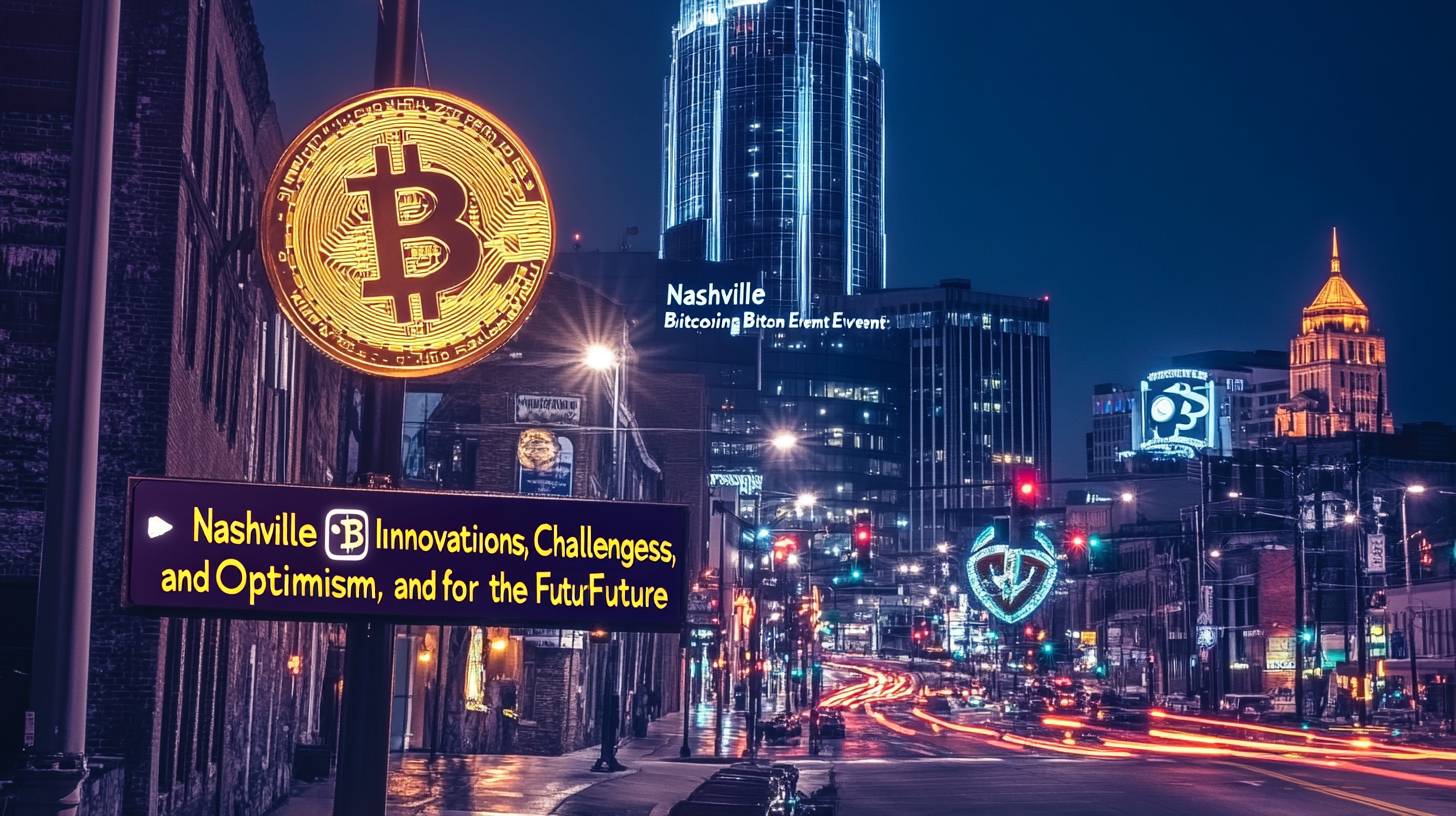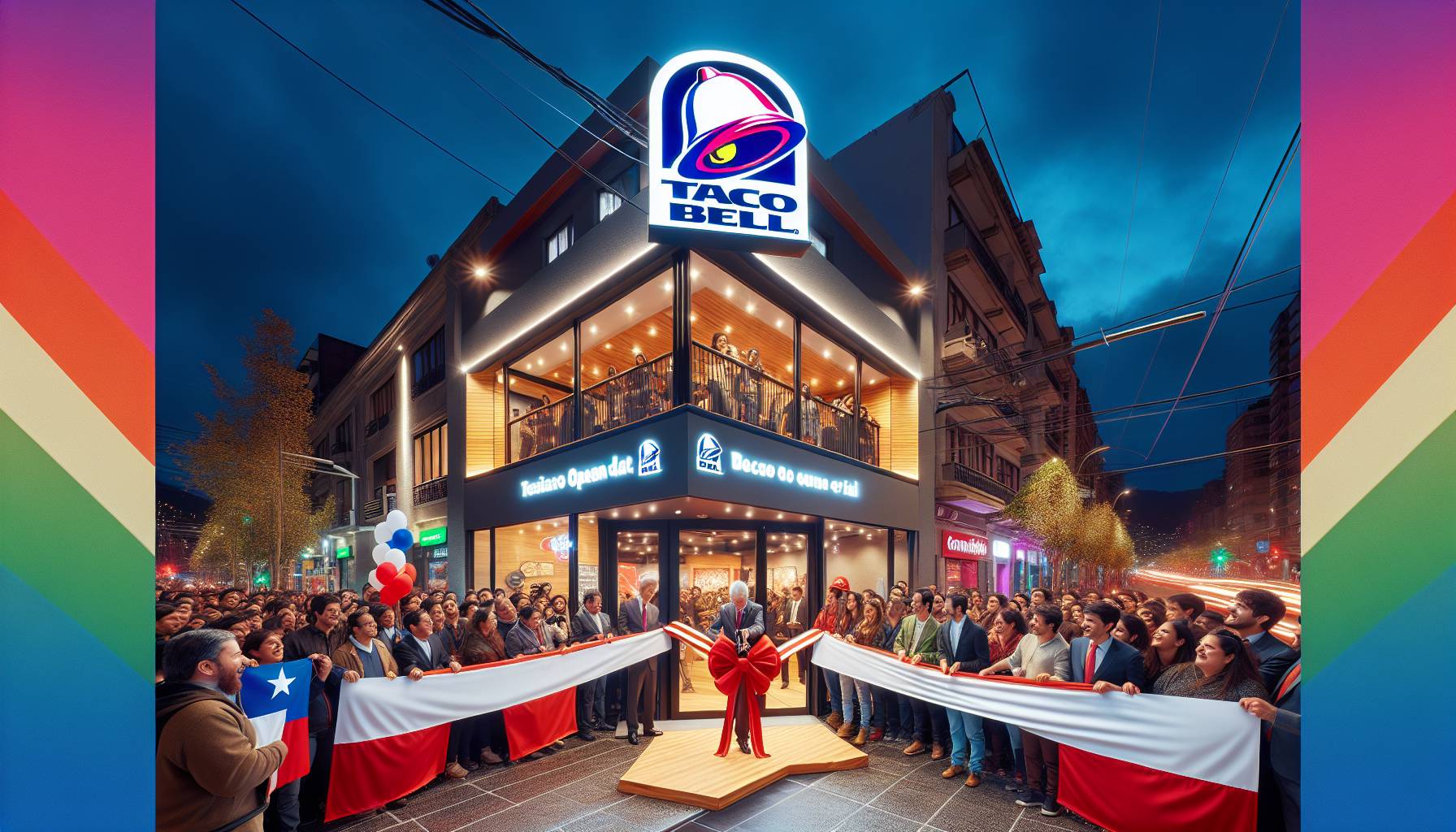
Global ramifications of a strategic Bitcoin reserve
The only true Layer 1 platform available for development previously has been Ethereum and a handful of other blockchains. Bitcoin now presents an alternative that is economically more secure, credibly neutral, and may offer enhanced technological security, due to a reduced attack surface compared to Ethereum. Existing projects could eliminate billions in yearly expenses and/or inflation by migrating to a proof-of-stake model utilizing BTC or an L2 built on Bitcoin, all while enjoying improved security and retaining substantial technological and cultural autonomy.
A significant takeaway from the conference was that investor interest in yield strategies inherent to Bitcoin is expanding beyond our initial forecasts. When discussing idle capital, many envision the millions of BTC resting in wallets; however, last week clarified that the opportunity equally attracts crypto investors currently involved in various blockchains. Total Value Locked (TVL) is opportunistic in the present climate, with numerous discussions stemming from investors looking to transition from Bridged BTC (such as WBTC) on alternative blockchains to Bitcoin Layer 2s, or from those seeking more lucrative opportunities than those available in Ethereum or Solana-based tokens, as the incentive programs of Bitcoin projects often yield appealing current returns and asymmetric potential.
While this indicates progress for the sector, Bitcoin investments comprised only 3.1% of the overall deal volume or .4M in Q2 2024, despite Bitcoin’s market cap representing more than 55% of the entire crypto market.
We possess the Alpha. Henry Elder from UTXO emphasized during Alpha Day the various methods traditional investors should contemplate when deploying on-chain Bitcoin capital. Key insights include:
We anticipate this trend will rapidly change as the nature of the asymmetric opportunity representing Bitcoin Defi / Infrastructure becomes impossible to ignore. A possible reason for the current delay in Bitcoin VC funding is that technical understanding of Bitcoin’s mechanisms is not equally widespread among VCs as it is in other crypto sectors. Analysts specializing in Bitcoin are few, and historically, the Bitcoin ecosystem has been somewhat inaccessible to VCs due to the protocol’s limited programmability. We also expect this to evolve as the motivation to grasp Bitcoin’s intricacies in a less congested market will attract additional technical talent (including developers).
Shifting dynamics in bitcoin venture capital
Source: bitcoinmagazine.com
Knowledge of Bitcoin within Venture Capital remains insufficient. As noted in the latest Galaxy report on Blockchain Venture Capital, interest in crypto investments has steadily risen year-to-date but remains far from the peak observed in Q1 2022. The report states: “In Q2 2024, venture capitalists invested .194bn (+28% QoQ) in crypto and blockchain-focused firms across 577 deals (-4% QoQ).”
Donald J. Trump and the point of no return. Just three words, “Strategic Bitcoin Reserve.” It’s been speculated by numerous Bitcoiners for years, with some even dreaming of it, and it transpired just last week. It’s fair to assert that Bitcoin has indeed crossed a significant threshold on Saturday, reaching a point where rapid changes may follow. The instigator? – identified as game theory. From this moment onward, nations must seriously consider the concept of a Bitcoin reserve or face the risks of falling behind. If implemented, the US will possess roughly 1% of the total Bitcoin supply.
While the conference surely succeeded in attracting retail participation, it seems retail investors are either drained, fully invested, or reluctant to purchase additional BTC at current prices. Another potential explanation might be the pervasive sentiment throughout the conference of “awaiting the next trigger.”
For other nations, emulating this strategy would prove difficult as the US essentially acquired this Bitcoin at no cost (likely via methods deemed illegal and unethical). Competing countries will encounter the formidable challenge of gathering hundreds of thousands of bitcoins without incurring exorbitant costs. Here lies the critical role of Bitcoin mining in securing national interests. Following Trump’s announcement, Michael Saylor also presented a framework for nation-state adoption of Bitcoin as a treasury asset (How to do it wisely and why it is advantageous) before a group of over 10 senators. A promising idea whose time has arrived is unstoppable.
BTCfi is still in its early stages and can be broadly categorized into three segments: sidechains, Layer-2 chains, and metaprotocols.
Institutions are entering the fray. The same game theoretical principles apply to institutions. If nation-states are stockpiling Bitcoin, corporations will have to follow suit. Accumulation by nation-states effectively ensures a long-term price increase, which implies that dollar-based corporate treasuries will gradually diminish in relative value. It sets a clear boundary distinguishing winners from losers. Allocating part of the treasury to BTC won’t necessarily guarantee success, but it will become a basic necessity to remain competitive. “It might be wise to acquire some in case it gains traction.”
- Sidechains are currently easier to launch than true Layer 2s, making it unsurprising that the sidechain ecosystem is the most mature and developed BTCfi landscape, with products and tools having already been built over the past several years on Ethereum. These ecosystems also benefit from the well-established security auditing frameworks that already exist for Ethereum and its related L2s.
- Layer 2s: Apart from the Lightning Network, these offerings are largely still in developmental phases and each applies unique technical solutions to connect security with Bitcoin.
- Bitcoin metaprotocols directly utilizing the Bitcoin blockchain are categorized as the most Bitcoin-centric class. They operate with Bitcoin-native assets and encode the crucial elements of their operations directly into Bitcoin blocks, though they need to be decoded with custom indexers. The Arch Network exemplifies a metaprotocol that facilitates BTCfi applications, while Ordinals, BRC-20s, and Runes also serve as metaprotocols, albeit supporting BTCfi assets.
We are fortunate to collaborate with exceptional individuals. UTXO Management hosted its first investor day, UTXO Alpha Day, at the Bitcoin 2024 conference. We gathered hundreds of capital allocators, entrepreneurs, institutional investors, and angels for the gathering, during which we examined yield-generating assets in Bitcoin, the evolving Bitcoin landscape, and the rise of Bitcoin as the quintessential treasury asset. The event was a triumph and a solid reminder that Venture Capital fundamentally centers around remarkable individuals striving to deliver new utility to Bitcoin. The BTC Startup Lab also organized a fantastic mixer event on Friday, providing an opportunity to connect with various investors and founders. I departed the event with the conviction that Bitcoin founders are a unique group that must be embraced by the US. Their focus remains centered on development and preparation for a Bull market – anticipate everything to unfold simultaneously when Bitcoin decisively surpasses its previous all-time high.
Retail keeps its distance. As illustrated in the chart below, retail flow, gauged by the 30-day change in total transfer volume for transactions under K, is at a 3-year low. This is despite BTC being less than 10% shy of its all-time high.

